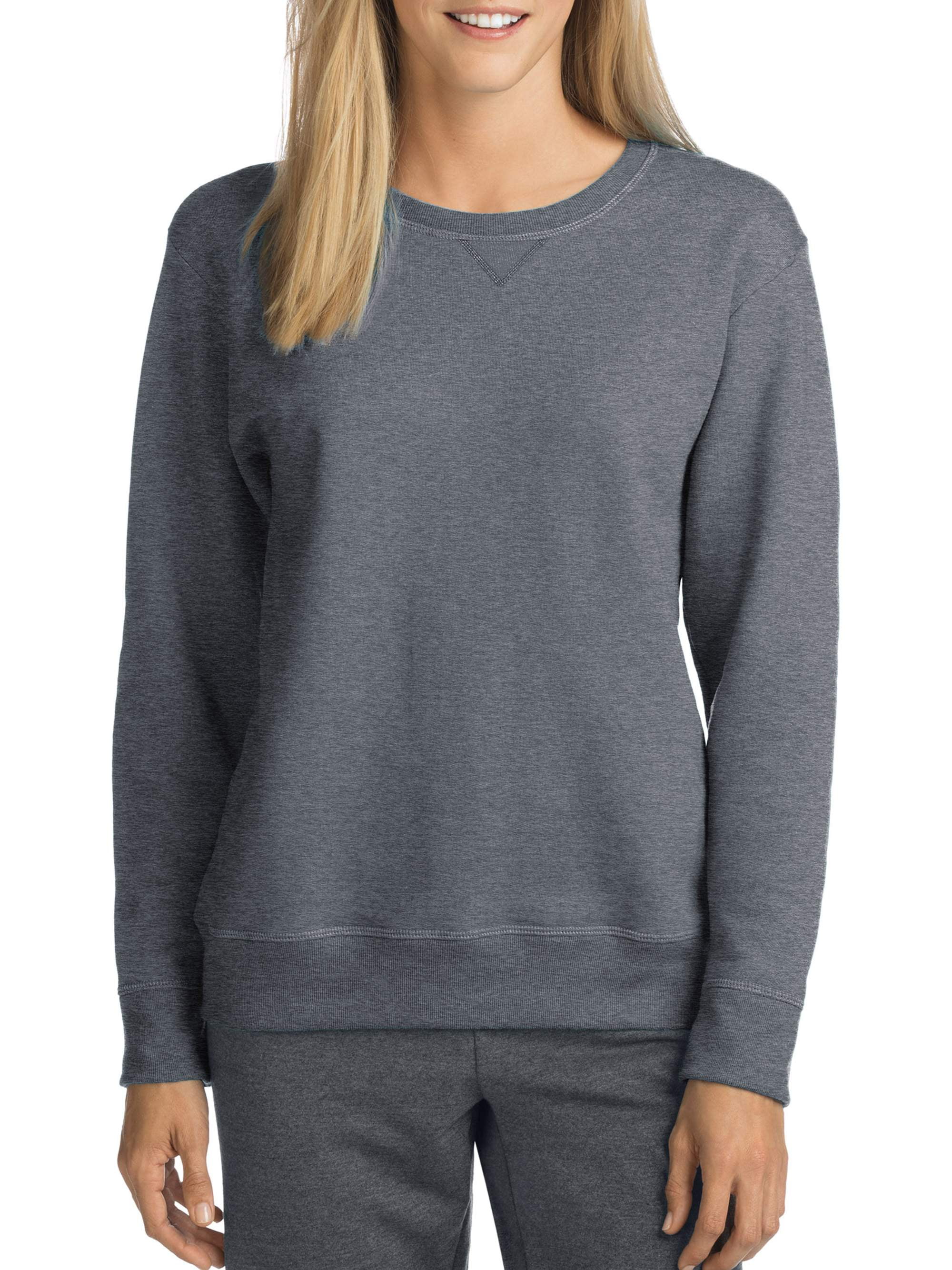Things to Consider When Selecting the Right Sweatshirt

Sweatshirts are long-sleeved, pullover tops that are made of thick cotton cloth. They are usually used as casual clothes but aren't as formal as sweater s or cardigans. They may not have the Hood. If you're thinking of purchasing a sweatshirt, here are some suggestions:
Norma Kamali spread the appeal of sweatshirts
Since the late 1970s in the late '70s, Norma Kamali has been transforming the simple sweatshirt into an art form. Her designs are now a staple in almost all women's wardrobes. Her distinctive designs vary from a tummy-tucking v neck , to leather paneled sweatshirts. Her clothing is also designed in unusual shapes, such as an oversized tank top that has an oversized trumpet skirt.
A partnership between the designer and the manufacturer of sweatshirts Everlast resulted in her Timeless collection, which was a huge hit when it appeared in Spiegel's spring 2006 catalog. The collection was made up of interchangeable and convertible knits in classic shapes and a lot of pieces were priced at less than $20. Even the The Norma Kamali Timeless collection wasn't available in stores, customers could still find these designs on eBay and Poshmark.
Merino wool sweatshirts feel more comfortable than soft sweatshirts
Merino wool is known for its ability to remove moisture which help to keep you comfortable and dry. Merino wool is an organic fiber that also offers a more comfortable feel. The fabric also dries quickly when compared with other natural substances. Furthermore, merino is a sustainable resource. The merino sheep shed their coats every year and regrow new ones.
Merino's weight-to-heat ratio is high, and the warmth of wool makes it an ideal material for sweatshirts. It helps to regulate the body's temperature because of its loft that naturally retains heat between the fibers. This is why Merino wool sweatshirts work perfect for summer and outdoor activities such as mountain biking, and running. The warmth it offers helps keep the wearer well-hydrated and cool, something that is important when exercising.
Zip-front hoodies come with kangaroo pockets.
Kangaroo pocket Hoodies are a very popular type of hoodie. These hoodies feature a huge pocket in the front, that will keep your hands warm on cold days. They are additionally more practical than conventional pockets as they allow the hands to slide in and out with ease.
Kangaroo pockets are usually large enough to fit a wallet or some other small personal items. They're usually big enough to hold the palm of a hand that is small or even large enough to accommodate two hands. They have wide openings on either side and can be used to carry small items.
French terry fabric is a very popular material for sweatshirts

The French Terry fabric is composed of soft yarns made into loops, and are usually midweight. It is also renowned for its ability to wick away moisture and is pre-shrunk. French Terry is an excellent option for sweatshirts as it will keep you warm when you need it and keeps your cool when you want to cool off.
French Terry is also a popular choice for casual wear, as it is stretchy enough and has enough flexibility to feel comfortable against your skin. It also allows air to circulate throughout the fabric, which makes it ideal for layering under other clothes. Furthermore, since it's lighter than most sweatshirts, you can wear it all year round without feeling hot or cold.
sweat shirts are classy and have a connotation of class.
Although it could appear that hoodies are simply appropriate clothes for those who are working class but the truth is that they carry classist connotations. Hoodies were popular in the late 70s New York, where graffiti artists would wear them to conceal their identities. In 1976 the hoodies made their big movie debut in "Rocky," when the working-class main character was seen wearing gray sweats that were hooded during his memorable climb up the steps of the Philadelphia Museum of Art.
Hoodies are usually associated with death, destruction and other negative things, and yet they also serve practical purposes. For example, monks and priests may wear hoods to show modesty and inward focus.
